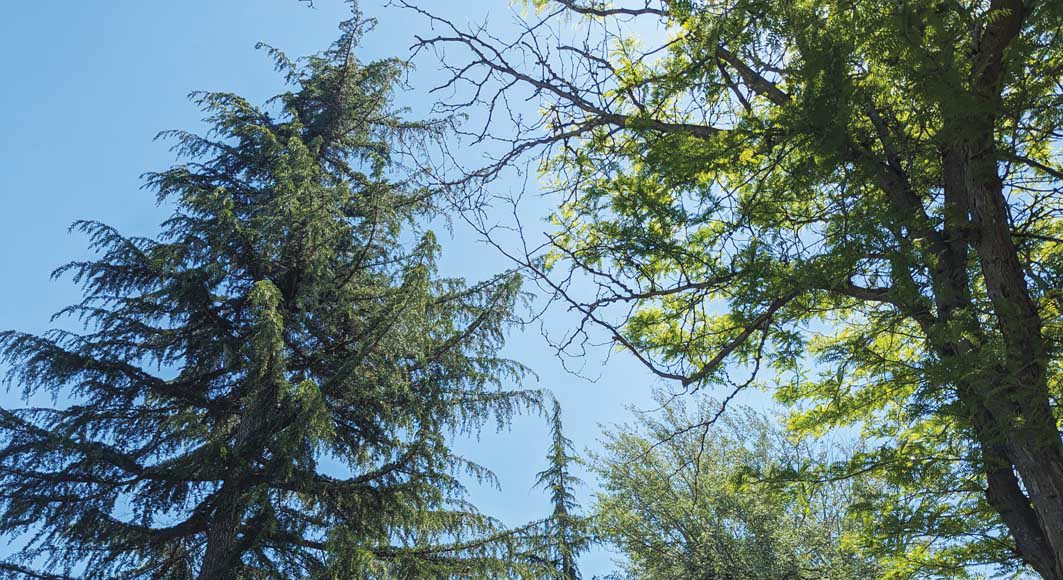Removing most types of native trees in unincorporated areas of Sonoma County now requires a permit after the county Board of Supervisors finalized a pair of tree protection ordinances that were in the planning stages for three years.
Fees for removing protected trees increased to a maximum of $3,500 per tree. New trees can also be planted to avoid the fees.
It was the first time the county’s tree protection law had been updated since 1989. The new law is meant to increase climate resiliency by enhancing carbon sequestration and bring fees up to date to mitigate losses.
Exemptions were included for property maintenance, safety and fire defense, and for certified foresters to perform routine work.
“Trees and woodlands are essential elements of Sonoma County’s rural and urban lands,” said Supervisor Lynda Hopkins. “They provide a range of fundamental services to the community, including clean air and water, wildlife habitat, natural cooling and climate moderation, cultural and historical value.”
Debates around the ordinance had centered on what types of trees would be included and how large, how the ordinance would be enforced and what types of activity by property owners would be exempt. The county conducted more than 30 meetings with residents and stakeholders to craft the ordinance.
Ultimately, the board crafted a tree protection ordinance that centered around a use permit application for building or construction because county staff maintained it would be the only way to enforce the restrictions.
One ordinance restricts tree removal from oak woodlands in the unincorporated areas of the county. The other protects native hardwood trees with a height of more than 36 inches and redwoods taller than 48 inches, or trees with a diameter of six inches at breast height.
There are 31 types of trees protected by the ordinance, including big leaf maple, black oak, blue oak, boxelder, California black walnut, California buckeye, canyon live oak, coast live oak, two cottonwood species, interior live oak, madrone, Oregon ash, Oregon oak, red and white alder, valley oak, two willow species, two cypress species, grand fir, six pine species, redwood and western hemlock.
Fees and fines will range from $500 to $3,500 per tree removed, depending on the size.
The ordinances take effect on May 30, which will be 30 days after the second reading of the ordinances on April 30.











